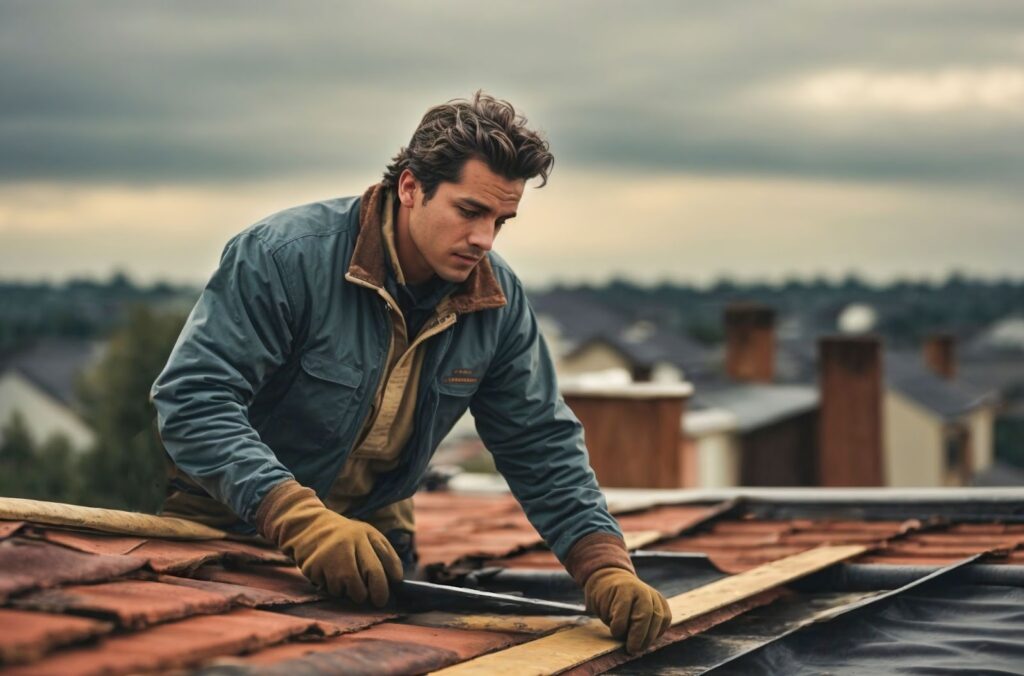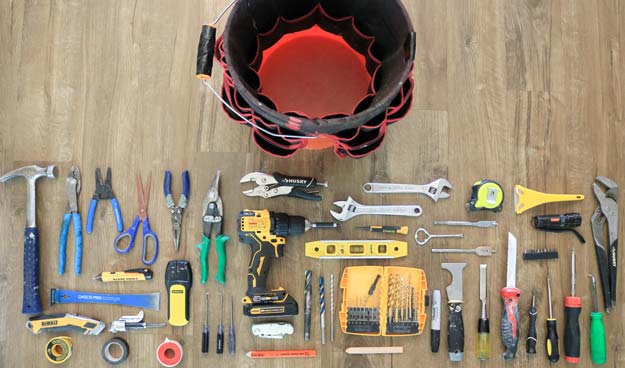Your home is your sanctuary, but when did you last check in on its roof? This vital component shields your home from the elements, yet it often goes unnoticed until problems arise. This blog post explores the most common red flags you should watch out for, helping you determine when to take action. Whether you’re a seasoned homeowner or new to the game, these insights will equip you with the knowledge to keep your roof—and your home—in top condition.
Sagging Roof Deck
A sagging roof deck indicates your roof’s structural integrity may be compromised. It may be because of various factors, including poor ventilation, improper installation, excessive weight on the roof, or storm damage. In terms of the latter, explore the internet, where you may find the websites of roofers in your area specializing in these types of repairs. Visit their website and click here to know your options. Ignoring this issue can compromise the safety of your home and its occupants. Your best action is to hire a professional roofing contractor. In some cases, a sagging roof may be salvageable with repairs, but a complete replacement may be necessary if the damage is extensive.
Shingle Shifts
Shingles are more than just a decorative element; they are your roof’s first defense against the elements. Over time, they can deteriorate, leading to several visible issues. One of the first things to look out for is curling or buckling shingles. These occur when shingles are exposed to excessive moisture or heat, causing them to warp. It’s essential to address this promptly. Another sign that your shingles may need replacing is if they’re missing granules. Granules protect from UV rays and enhance the overall durability of your shingles. If you notice granules accumulating in gutters or downspouts, your shingles are reaching the end of their lifespan.
Leaks and Water Damage
One of the most obvious signs that your roof may need replacing is the presence of leaks and water damage. Water stains on your ceiling or walls strongly indicate that your roof is not doing its job. Mold and mildew are unsightly and pose health risks to you and your family. If you notice a musty odor in your attic or see mold growth on your walls or ceilings, it’s crucial to investigate further. In addition to visible water damage, pay attention to any unusual sounds from your roof during heavy rainfalls. Dripping sounds may indicate hidden leaks that could lead to significant issues if ignored. Catching these problems early can save you from costly repairs down the road.
Age of Your Roof and Increasing Energy Bills
Age is an essential factor when considering a roof replacement. A roof’s lifespan varies depending on the materials used, but most roofs last between 20 to 25 years. Even if your roof appears in good condition, it’s essential to consider its age in conjunction with other warning signs. If you need clarification on the age of your roof, a professional roofing contractor can help assess its condition and estimate its remaining lifespan.
Have you noticed a sudden spike in your energy bills? Your roof could be to blame. If you’ve ruled out other potential causes for your rising energy bills, it’s worth investigating your roof. Inspect to check for gaps, cracks, or missing shingles that could contribute to the problem. Many modern roofing materials are designed with energy efficiency.
Granule Buildup in Gutters
While gutters are essential for directing water away from your home, they can also provide valuable clues about the health of your roof. If you’ve noticed a significant buildup of granules in your gutters, it’s a sign that your shingles are deteriorating. Granule loss indicates that your shingles are nearing the end of their lifespan. Regular gutter cleaning can help you monitor granule accumulation and catch early signs of roof deterioration. If you need clarification on the severity of the granule loss, consult a roofing professional for an assessment. Addressing granule loss promptly can prevent further damage to your roof and ensure your home remains protected from the elements. Investing in a new roof with durable, high-quality shingles can provide long-lasting protection and peace of mind.
Dark Streaks on Roof
Dark streaks or discoloration on your roof may be more than an aesthetic concern. These streaks are often caused by algae growth, which can occur when moisture accumulates on your roof’s surface. Algae growth can lead to further issues, such as reduced curb appeal and decreased property value, if left untreated. The dark streaks can absorb more heat, increasing the temperature inside your home and putting additional strain on your HVAC system. If the algae has caused significant damage to your shingles, a roof replacement may be necessary. Choosing algae-resistant shingles for your new roof can help prevent future growth and maintain the appearance of your home.
By staying vigilant and addressing issues promptly, you can ensure your roof’s safety, efficiency, and longevity. If you need clarification on the condition of your roof or need assistance, consider consulting a professional roofing contractor. Investing in a new roof when necessary can provide peace of mind and safeguard your home for years.






